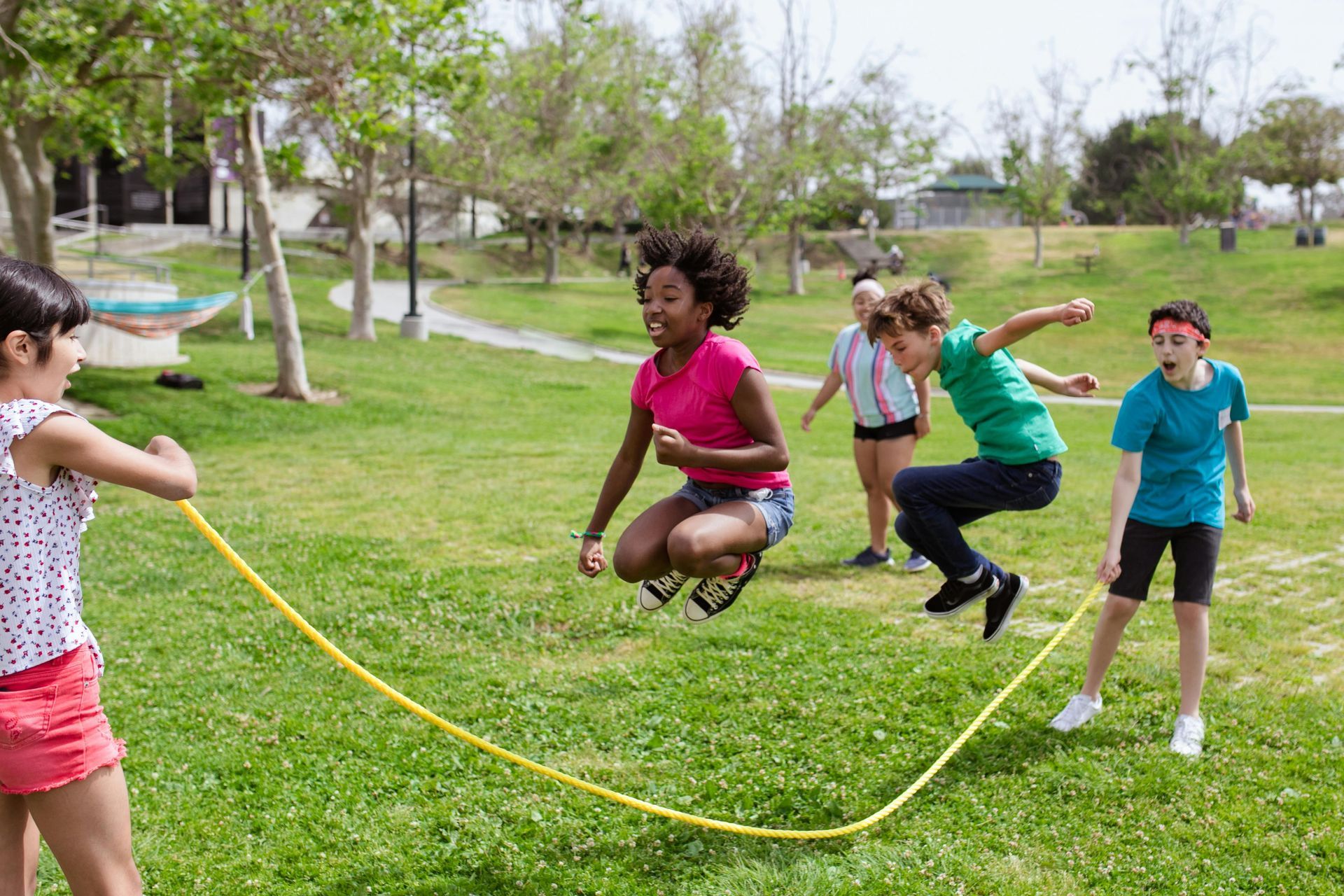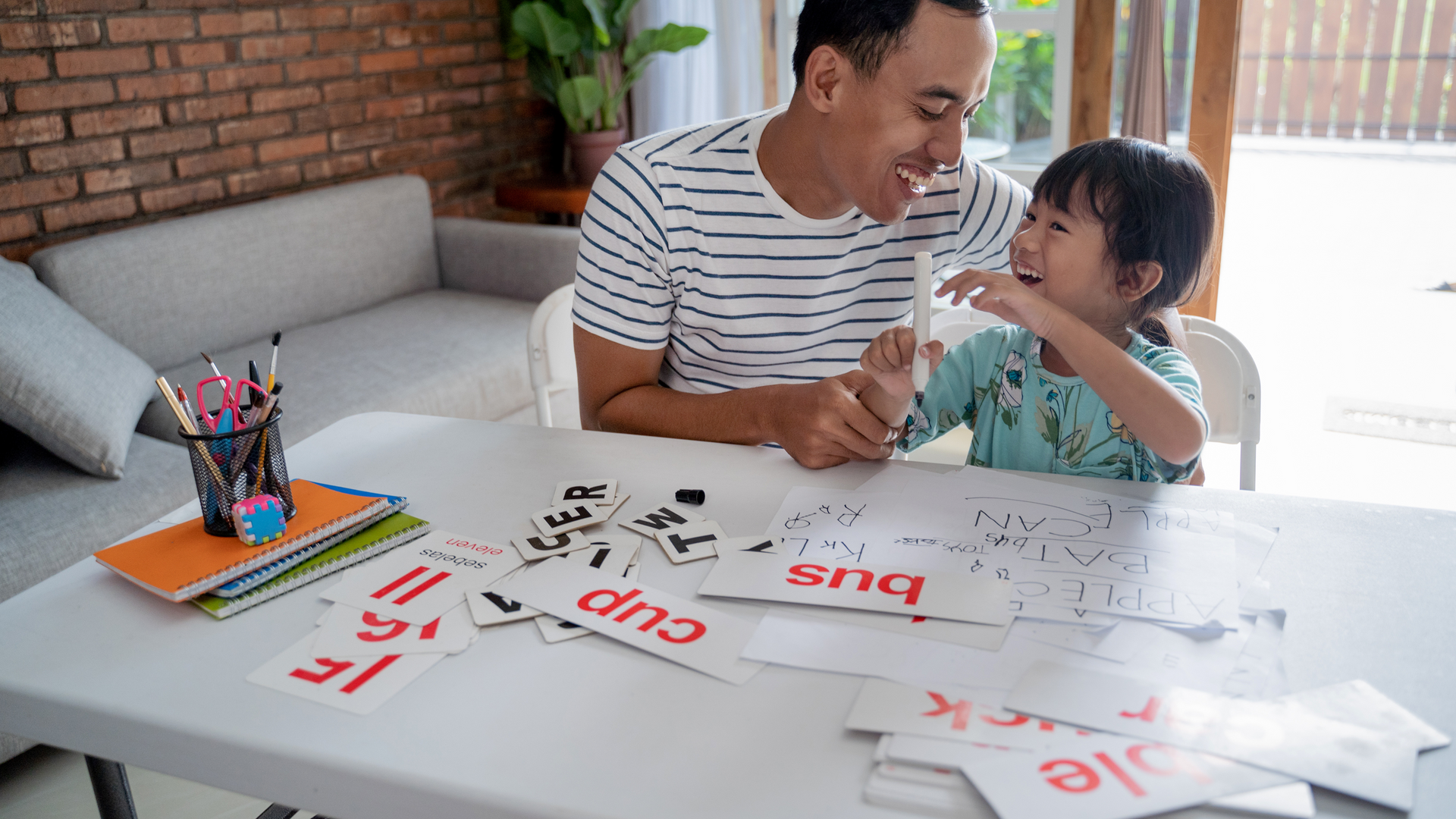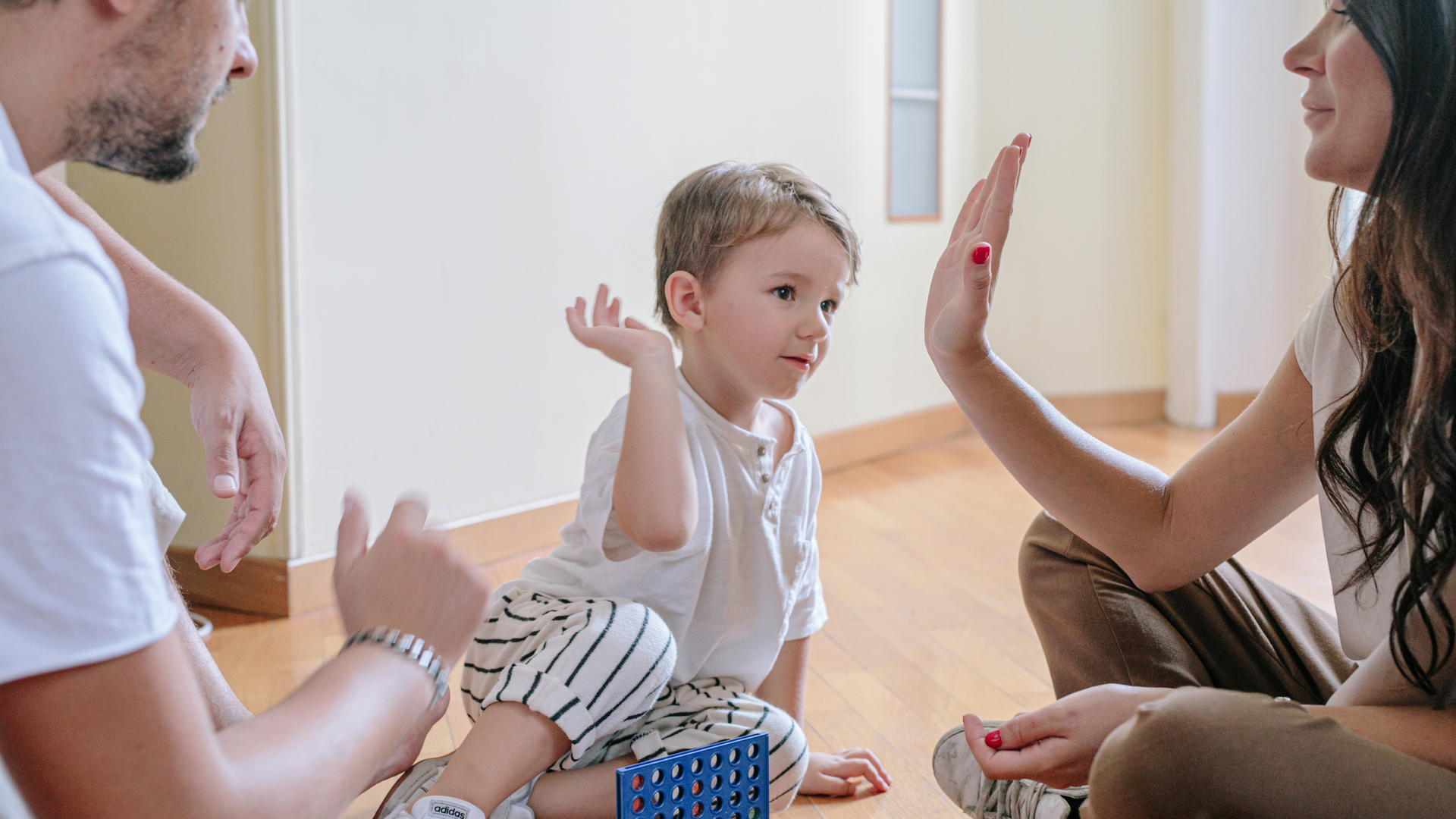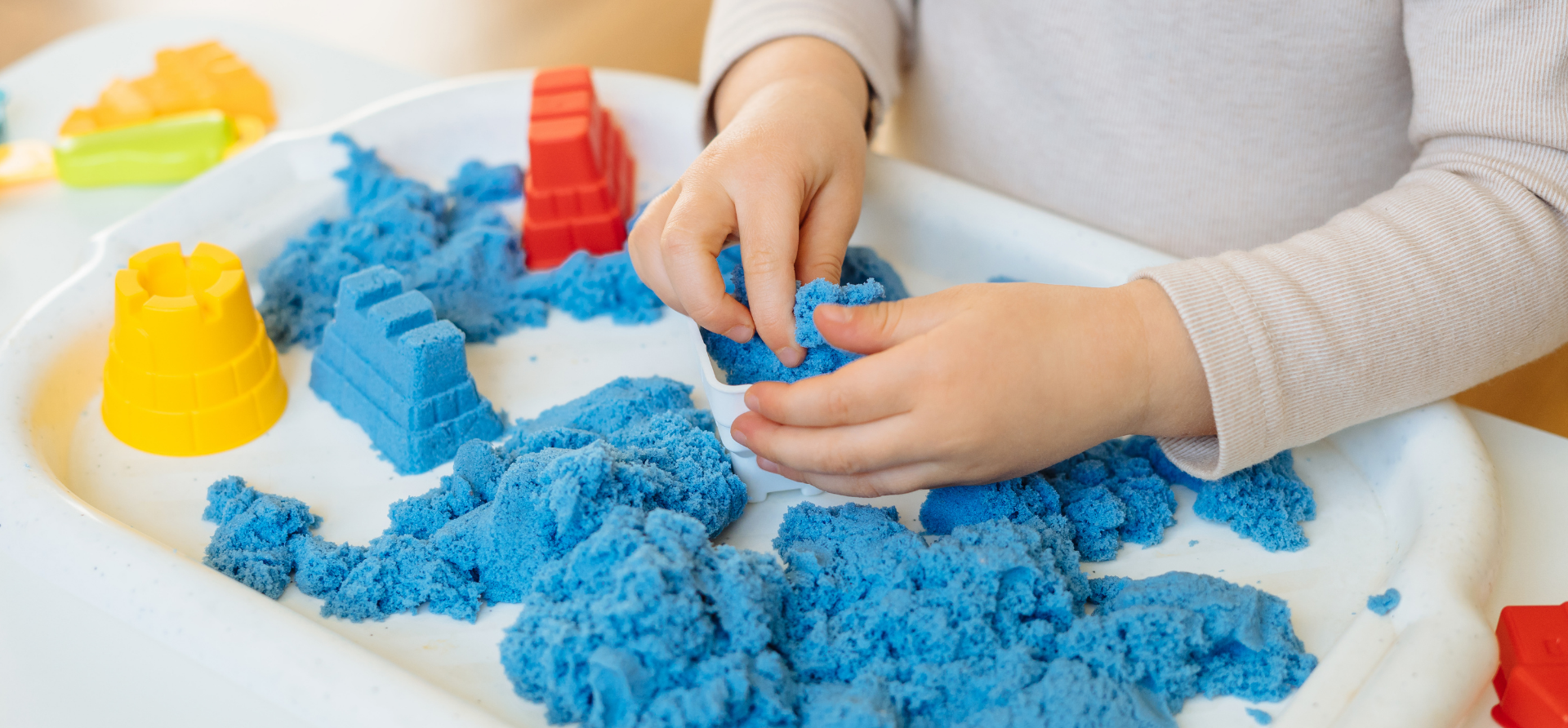Tiny Hands, Big Feelings: Helping Preschoolers Manage Emotions

Preschoolers experience the world in vivid color, with unfiltered wonder and overwhelming emotion. One moment, they’re laughing uncontrollably over a silly face. The next, they’re in tears because the banana broke in half. These unpredictable emotional highs and lows are not signs of misbehavior—they're part of natural emotional development. At Storybook School Orlando, we understand that helping children learn how to recognize, understand, and regulate their emotions is just as important as teaching them letters and numbers.
Helping preschoolers manage their emotions is one of the most meaningful things parents and educators can do to support long-term mental health, academic achievement, and social success. It's about building emotional intelligence early on, so that children grow up to be resilient, empathetic, and self-aware individuals.
Why Emotional Development Matters in Preschool
During the preschool years (ages 3–5), the brain undergoes rapid development, particularly in areas responsible for self-regulation and emotional processing. Children at this age are just beginning to understand that their feelings are separate from their actions—and that they have some control over both.
In a nurturing preschool environment, emotional development is constantly happening, often without a child even realizing it. Through play, guided conversations, storytelling, and daily routines, preschoolers learn the language of emotions and how to respond to them.
Here’s why emotional development matters:
- It sets the stage for healthy relationships. Children who learn to manage emotions are more likely to make friends, cooperate with others, and resolve conflicts peacefully.
- It supports academic readiness. A child who can manage frustration is more likely to persist through challenges and stay focused during learning activities.
- It builds self-esteem. Children who understand their feelings and feel heard develop a stronger sense of identity and self-worth.
Recognizing Emotional Triggers in Young Children
The first step to helping a child manage emotions is to recognize the common emotional triggers in early childhood. While every child is unique, there are universal situations that can cause stress or big feelings for little ones:
- Transitions – Moving from one activity to another, like leaving home to go to school, can be overwhelming.
- Fatigue and hunger – Physical needs greatly affect emotional regulation.
- Social challenges – Sharing toys, waiting turns, or feeling left out during play.
- Communication frustration – When a child lacks the words to express what they feel or need.
- Unpredictability – Changes in routine or surprises can make children feel insecure.
Understanding these triggers allows caregivers to provide support before an emotional outburst occurs, creating a proactive environment that builds emotional resilience.
Strategies for Teaching Emotional Regulation
Preschoolers don’t come equipped with emotional toolkits—but that’s where caring adults come in. Here are some proven strategies to help preschoolers build those crucial emotional skills.
1. Name the Feelings
One of the most powerful tools is helping children develop an emotional vocabulary. Words like happy, sad, mad, frustrated, excited, and scared give children a way to express what’s happening inside.
- Try this: Use books, songs, and everyday conversations to introduce and reinforce feeling words. For example: “It looks like you’re feeling frustrated because the block tower fell down.”
2. Validate Their Emotions
Instead of brushing off big emotions, acknowledge them. Validating a child’s feelings doesn’t mean agreeing with every behavior—it means showing them that their emotions are real and accepted.
- Say: “I can see that you're really upset. It’s okay to feel sad. I’m here to help.”
Validation builds trust and creates a safe space for children to process feelings.
3. Teach Calming Techniques
Children need tools to soothe themselves when emotions get overwhelming. These can include:
- Deep breathing ("smell the flower, blow out the candle")
- Counting to five
- Giving themselves a gentle hug
- Using a calm-down corner with sensory toys or books
At Storybook School Orlando, these strategies are embedded into daily classroom routines to help children learn and practice them regularly.
4. Use Visual Aids
Visuals like emotion charts or traffic light systems can help children identify what they’re feeling and what action they should take.
- Green: I feel calm and happy.
- Yellow: I feel worried or frustrated—time to slow down and breathe.
- Red: I feel very upset—ask for help.
Visual supports bridge the gap between abstract emotional concepts and a child’s level of understanding.
5. Practice Through Play
Role-playing, puppets, and storytelling allow children to explore emotions safely. Through play, they practice navigating social situations, handling disappointment, and comforting others.
- Example: A teacher might use dolls to act out a story where one friend doesn’t want to share a toy, prompting discussion about how each character feels and what they could do differently.
Working Together: Parents + Teachers as a Team
Preschoolers thrive when parents and teachers work in tandem. Consistency between home and school reinforces emotional lessons and gives children a reliable foundation.
Here are some ways parents can stay involved in their child’s emotional development:
- Check in with teachers. Ask how your child is doing socially and emotionally, not just academically.
- Use similar strategies at home. If the school uses breathing techniques or a feelings chart, incorporate them into your routines.
- Talk about emotions openly. Make feelings part of daily conversations. Ask questions like, “What made you feel proud today?” or “Did anything frustrate you?”
At Storybook School Orlando, we maintain open communication with families to ensure children are supported in all areas of development—especially their emotional well-being.
Preschool is the Perfect Time for EQ Growth
Many parents wonder when is the right time to begin focusing on emotional development, and the truth is—it’s never too early. That’s one reason why enrolling your child in a nurturing, play-based preschool like Storybook School Orlando can be so transformative. As we discuss in our blog on the 7 advantages of early childcare enrollment, starting early not only supports academic skills but fosters social and emotional growth that lasts a lifetime. And for families wondering if the school year calendar limits emotional development opportunities, our article Is Daycare All Year Round? Here’s the Truth explains how a consistent, year-round environment offers ongoing emotional support and stability for young children.
When Big Feelings Lead to Big Growth
We often think of emotional outbursts as something to fix or stop—but every meltdown is an opportunity for growth. When a preschooler feels heard, supported, and guided through their emotions, they build confidence and trust—not only in themselves but in the adults around them.
Imagine this: A child who once screamed every morning during drop-off now walks into the classroom with a smile and a confident wave. That transformation didn’t happen overnight. It happened because caregivers worked together to build emotional tools, validate feelings, and create a safe environment where big emotions are seen as part of being human—not something to fear.
Final Thoughts
Tiny hands carry big feelings, and as adults, it’s our role to help preschoolers hold those feelings gently, safely, and with guidance. When we teach emotional intelligence early, we’re not just helping children handle a tantrum or share a toy—we’re laying the foundation for stronger relationships, resilient spirits, and compassionate hearts.
At Storybook School Orlando, we believe emotional development is just as important as academic learning. Through intentional classroom experiences and strong home-school partnerships, we guide children through their emotional journeys with patience and love—because big feelings deserve big support.













